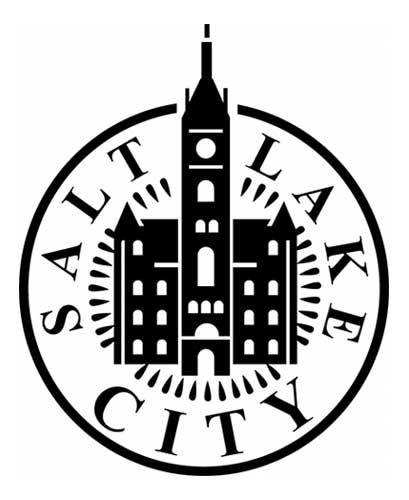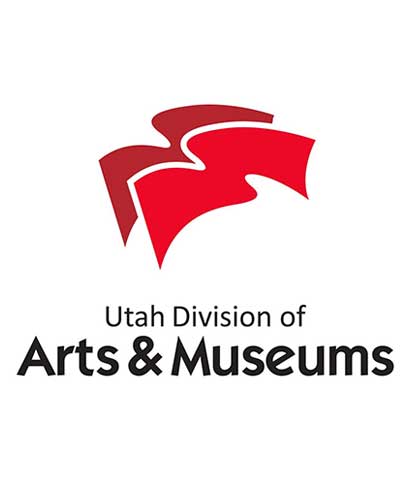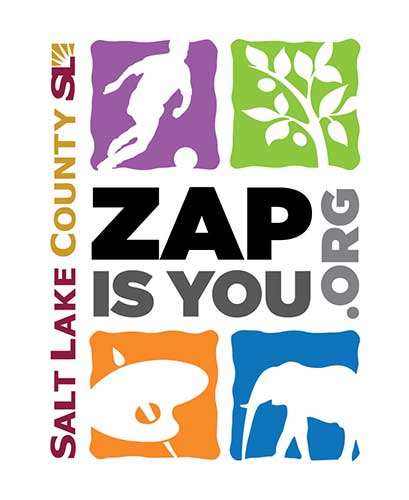Sorry, that content may have moved.
Please navigate using the menu, or go home.
Accessibility Tools
Please navigate using the menu, or go home.
The Salt Lake City Arts Council is a division of Salt Lake City Corporation in the Department of Economic Development and also maintains a nonprofit corporation, the Salt Lake City Arts Council Foundation with 501(c)(3) status.


